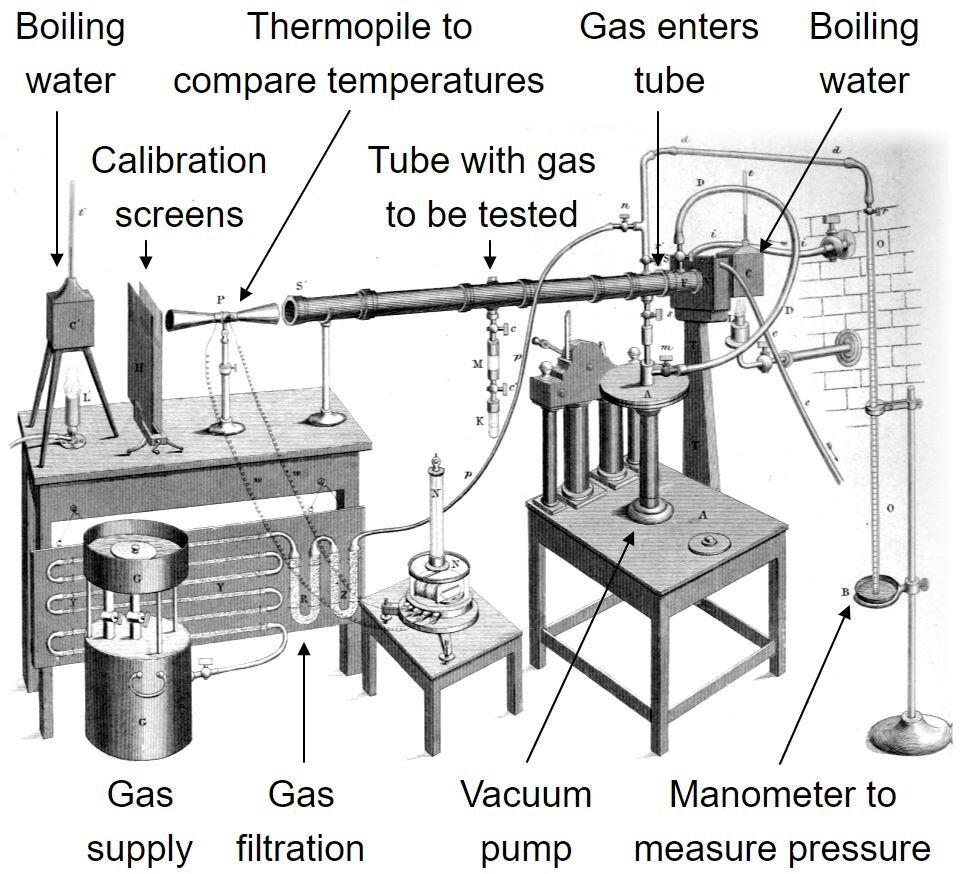The Limits of Carbon Capture for Energy
In this post from NET-ZERO:
What is Carbon Capture technology? Capturing carbon dioxide emissions before they reach the atmosphere.
How much carbon dioxide could be stored? Depleted oil and gas reservoirs and aquifiers could store more than 100 years of CO2 emissions.
How much will carbon capture cost? Carbon capture is one of the more expensive carbon offsetting routes today but once optimised could add ~$1.5c per kWh to the cost of energy generation.
What are the limits of carbon capture? The rate at which CO2 can be pumped underground at suitable locations will limit the use of carbon capture which is best reserved for hard-to-abate sectors of the economy like cement, chemicals, and fertiliser production.
Carbon Capture Technology
Negative Emissions Technologies such as reforestation, enhanced weathering, and air capture could be used to offset a limited amount of fossil fuel emissions in a net-zero future but come with added cost, risk, and physical limits.
Another option is to capture greenhouse gas emissions before they hit the atmosphere using at-point-of-use carbon capture and storage.
Carbon capture technology requires between 20-40% of the primary energy generation to drive the reaction. Once captured, CO2 gas must be compressed, moved to a suitable location, and stored for thousands of years.
At-point carbon capture technology falls into three camps: pre-combustion which strips away the carbon from natural gas using the pure hydrogen as fuel; post-combustion which uses a chemical scrubber to remove the CO2 from the flue gas (3-30% CO2 concentration) after combustion; and oxy-combustion which involves burning the fossil fuel in recycled CO2 and pure oxygen, creating an exhaust stream of CO2 and water which is easily separated. Pre-combustion has better efficiency but higher capital costs and cannot be retrofitted onto existing plants. Post-combustion is the cheaper option and can be retrofitted but has the lowest efficiency. Oxy-combustion can be retrofitted but is more difficult and costly.
Depleted oil and gas reservoirs offer the best locations for storage. There are enough depleted reservoirs to store 900 billion tonnes of compressed CO2, the equivalent of 25 years of current emissions.
Porous rock formations called aquifers offer a more expensive and riskier storage option for a further 5,000 billion tonnes of CO2 or 140 years of current emissions but care must be taken around the rate at which the CO2 is pumped: done too quickly and the porous rock can fracture and release the gas.
If you store the CO2 in liquid form at 100 bar pressure, every cubic metre of storage space will hold 0.6 tonnes of carbon dioxide. It would require 160 million m3 of storage per day to capture all CO2 emissions across the world. For comparison, today’s oil and gas industry extracts liquid fossil fuels at just one fifth of this pump rate with 14 million m3 of oil and 18 million m3 of natural gas extracted each day.
CO2 rigs are used today to force out the dregs of oil and gas from depleted reservoirs and can inject about 1 million tonnes per year. A total of 35,000 sites would be required to bury all global CO2 emissions. This is twenty times the number of oil and gas rigs in existence today.
The total cost of at-point-of-use carbon capture and storage works out at around $30-50 per tonne of CO2 or $2-4c per kWh of energy offset. More expensive than most other negative emission technology options today, but next generation technology has the potential to reduce the efficiency loss to 10%. This could bring total costs of at-point-of-use carbon capture and storage towards $20-30 per tonne or an extra $1.5c per kWh of energy.
The Limits to Carbon Capture
Continue to burn fossil fuels as part of the energy supply in a net-zero system and the carbon emissions must be offset. A negative emissions technology like reforestation is the cheapest option but is limited to about seven billion tonnes of CO2 per year (10-15% of today’s 50 billion tonnes CO2e emissions per year) given the constraints on land use. After accounting for other claims on negative emissions technology and carbon offsetting from agriculture and industry, it’s clear there isn’t enough tree planting land available to offset emissions from the power industry as well.
A future fossil fuel energy supply would require at-point-of-use carbon capture on all power or heat facilities and would need to fund reforestation and rock weathering to offset the 20%+ emissions that escape capture. However, at best carbon capture and storage could probably handle a maximum of seven billion tonnes of CO2 per year, limited by the speed at which the gas can be pumped underground and the rate at which suitable distribution and storage locations could be made available.
Given these limitations, the use of fossil fuels for heat or power in a net-zero emissions future can play at most a small (<10%) role, and rather carbon capture should be limited to an option for the hard-to-abate sectors of the economy such as cement, fertiliser, or chemicals production which have high concentrations of CO2 emissions in the flue gas from the reaction chemistry, which actually makes the thermodynamics and economics of capturing the carbon dioxide easier.
As for the energy supply, wind and solar will likely prove far superior to fossil-fuels-plus-carbon-capture. Renewables can form the majority of our energy generation proving an affordable, safe, reliable, and low carbon energy supply as we electrify demand across the economy.

































